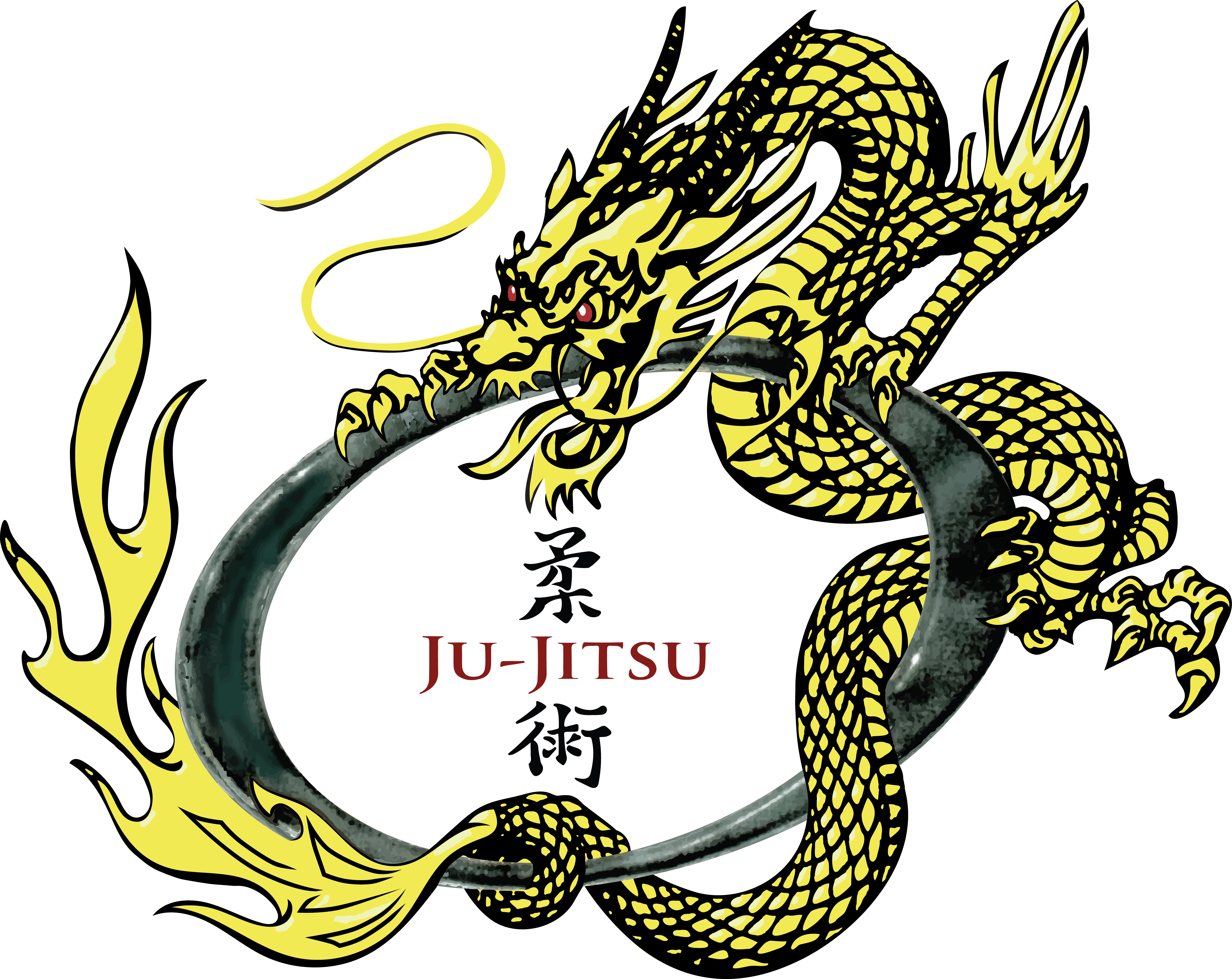FairPlay voucher activity provider
NQJJA is a Registered Activity Provider
Parents, carers or guardians can apply for a FairPlay voucher for their child to use towards their sport and active recreation membership, registration or participation fees with registered activity provider.
Apply For a voucher
Frequently Asked Questions
- 1. **What is Japanese Jujitsu?**
- Japanese Jujitsu is a traditional martial art focused on practical self-defense techniques, including strikes, joint locks, throws, and grappling.
- 2. **Is Japanese Jujitsu suitable for beginners?**
- Yes, Japanese Jujitsu classes often cater to beginners of all ages and fitness levels. Instructors tailor training to individual abilities and progression.
- 3. **What age groups do you cater to?**
- Japanese Jujitsu classes typically welcome students from age 5 and up. Instructors adjust teaching methods to suit different age groups, ensuring age-appropriate techniques and training.
- 4. **What should I wear to class?**
- Typically, students wear a gi (traditional martial arts uniform) to Japanese Jujitsu classes. If you're new and don't have a gi, comfortable workout attire is usually acceptable initially.
- 5. **Are there belt ranks in Japanese Jujitsu?**
- Yes, Japanese Jujitsu often uses a colored belt system to indicate proficiency and progression. Belt ranks vary depending on the school and organization.
- 6. **How are gradings conducted in Japanese Jujitsu?**
- Gradings or belt tests in Japanese Jujitsu evaluate students' proficiency in techniques, knowledge, and skills required for advancement. They typically involve demonstrations of techniques, kata (forms), and sometimes written exams.
- 7. **How does Japanese Jujitsu teach violence prevention?**
- Japanese Jujitsu emphasizes practical self-defense techniques and situational awareness to prevent violence. Students learn strategies for de-escalation, assertiveness, and physical techniques for self-defense.
- 8. **Is Japanese Jujitsu safe?**
- Safety is a priority in Japanese Jujitsu schools. Instructors provide careful supervision during training, and techniques are taught progressively to ensure safe learning.
- 9. **Why do we bow in Japanese Jujitsu?**
- Bowing (rei) is a sign of respect in Japanese culture and martial arts. In Japanese Jujitsu, bowing shows respect to instructors, training partners, and the art itself.
- 10. **What fitness level is required to start Japanese Jujitsu?**
- Japanese Jujitsu classes accommodate various fitness levels. While a basic level of fitness is beneficial, instructors structure classes to allow beginners to participate and progress at their own pace.
- 11. **What are instructors called in Japanese Jujitsu?**
- Instructors in Japanese Jujitsu are typically referred to as "Sensei" (先生). This term translates to "teacher" or "master" and is used to show respect to someone who is considered knowledgeable and experienced in their field, particularly in martial arts and other traditional disciplines.
- 12. **Do you compete in tournaments?**
- While some schools may participate in competitions, Japanese Jujitsu primarily focuses on practical self-defense rather than sport. Schools may offer opportunities for friendly demonstrations or sparring.
- 13. **What can I expect in a typical class?**
- Classes usually begin with bowing (rei) to show respect, warm-ups, and stretching, followed by instruction in techniques such as strikes, joint locks, throws, and ground defense. Classes often end with cool-down exercises and sometimes meditation.
- 14. **Do I need previous martial arts experience to join?**
- No prior martial arts experience is necessary to start learning Japanese Jujitsu. Classes are structured to accommodate beginners and progress at a pace suitable for each student.
- 15. **How can Japanese Jujitsu benefit me?**
- Japanese Jujitsu training promotes physical fitness, improves coordination and flexibility, enhances self-confidence, and teaches practical self-defense skills applicable in real-life situations.
NQJJA Rules
Mat
- Bow on Entering and Exiting: Show respect by bowing when entering and exiting the training mat.
- Strictly No Shoes: Remove shoes before stepping onto the training mat.
- Cleaned at End of Training: Ensure the training mat is cleaned and maintained after each session.
- No Jewelry: Remove all jewelry before stepping onto the mat.
- Mat Etiquette: Respect the boundaries of the training area (tatami).
Training
- Hygiene: Maintain proper hygiene, including trimmed fingernails and clean training attire.
- Safety: Prioritize safety to prevent injury to yourself and others.
- Focus and Discipline: Concentrate and follow instructions attentively.
- Cooperation: Work collaboratively with training partners.
- Effort: Put forth sincere effort in learning and improving skills.
- Control: Practice techniques with control and consideration for partner's safety.
- Weapons Safety: Handle weapons under supervision and follow safety protocols.
- LGBTQ+ Respect: Respect individuals of all sexual orientations and gender identities.
- All Welcome: Embrace inclusivity and welcome individuals from all backgrounds and beliefs to participate in Japanese Jujitsu training.
Dojo
- Respect (Rei): Bow to show respect to instructors, senior students, and the art of Jujitsu.
- Punctuality: Arrive on time for classes and events.
- Honor the Dojo: Keep the training space clean and orderly.
- Etiquette: Follow proper dojo etiquette and address instructors respectfully.
- Respect for Training Environment: Ensure family members and spectators observe quietly.
- Leave Dojo Clean and Tidy: Maintain cleanliness by taking away all rubbish.
- Siblings in Children's Area: Siblings who are not training may use the designated children's area quietly. They should refrain from disrupting the training sessions.
- Create an inclusive environment where LGBTQ+ practitioners feel safe and welcomed.
Anti-Bullying Policy:
Bullying of any kind, whether within the dojo or in the community, is strictly prohibited. Students found engaging in bullying behaviors, including verbal, physical, or emotional abuse, will face disciplinary action, up to and including expulsion from the dojo. We strive to promote a culture of respect and kindness both within our training space and in our interactions with others outside the dojo.
